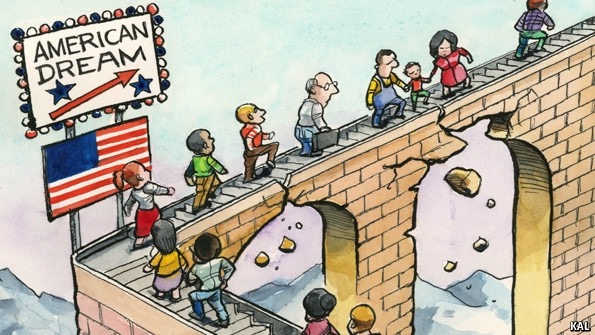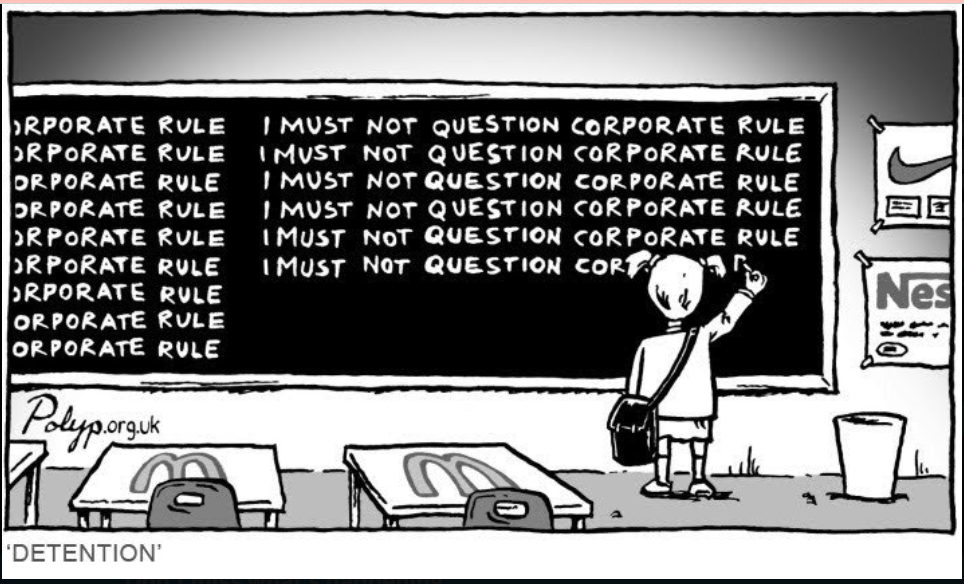What is a Repressive State Apparatus? Why does Althusser call it “repressive”? Can we explain his choice of words here? Give an example.
A Repressive State Apparatus (RSA) refers to institutions that enforce power and control primarily through force, coercion, and repression. According to Althusser, the state uses RSAs to maintain order and enforce the ruling ideology, often relying on physical violence or the threat of it. These institutions include military, police, prisons, and the judicial system, all of which can force people into obedience through punishment or intimidation. Althusser calls it “repressive” because these institutions use direct means to control people-whether thorugh laws, arrests, or physical force. He makes this distinction to highlight the tole of state violence in maintaining the status quo. Unlike ideological control, which is subtle and based on persuasion, repression works through explicit dominance.
An example of an RSA would be law enforcement’s role suppressing protests. If people gather to demand social change – like the Civil Rights Movement or Black Lives Matter protests – the police may use tear gas, mass arrests, or even violence to disperse them. This is a clear example of how RSAs function to keep the existing power structure intact.
What are Ideological State Apparatuses (ISAs), and how do they seem to work?
Unlike Repressive State Apparatuses, Ideological State Apparatuses (ISAs) operate through persuasion rather than force. They shape how people thinkg, behave, and perceive reality in a way that reinforces the dominant ideology of society. Althusser identifies institutions such as schools, churches, media, family, and cultural systems such as schools, churches, media, family, and cultural systems (like literature and movies) as ISAs:
ISAs work by instilling beliefs and values that make people willingly accept the status quo. Instead of using force, they shape people’s worldview in ways that benefit those in power. For example, schools teach obedience, respect for authority, and the idea that success come from individual hard work rather then systemic privilege. Religion, too, can be used ideologically – by promoting ideas like “everything happens for a reason” or “accept your place in life” which discourage people from challenging oppression.
A great example of an ISA in action is mainstream media’s portrayal of wealth and poverty. Many TV shows and news programs frame poverty as a personal failure rather than a structural issue. This encourages people to blame individuals from their economic struggles rather than questioning economic policies or corporate greed.
How are Repressive and Ideological State Apparatuses different from each other? What Is the difference between the two?
The main difference is between RSAs and ISAs is how they enforce power.
Repressive State Apparatuses (RSAs) rely on force, punishment, and direct control. They function through institutions like the police, the military, courts, and prisons, which can legally harm, imprison, or kill individuals who do not comply with the dominant system.
Ideological State Apparatuses (ISAs) function more subtly by shaping beliefs, values, and consciousness. Instead of using violence, they maintain control by influencing education, religion, media, and vulture to ensure that people willingly accept and internalize the ruling ideology.
A key difference is that RSAs operate openly and visibly – if someone is arrested, beaten, or censored, the repression is clear. ISAs work behind the scene, shaping people’s thoughts so they don’t even realize they are being influenced. For example, imagine a protest against corporate corruption. If the police arrest and beat protestors, that is an RSA in action. If the media then portrays the protestors as violent anarchists, discouraging public sympathy, that is an ISA at work. The first uses force; the second manipulates perception.
Example of Ideology/specify it represents repressive or ideological apparatuses
One example of an ideological apparatus at work is the “American Dream” narrative often promoted in movies and media. Films like The Pursuit of Happiness (2006) emphasize the idea that anyone, no matter how poor, can succeed through hard work and determination. This reinforced the idea that systemic inequality isn’t real or doesn’t matter – that failure is a personal issue rather than a societal one. This example represents an Ideological State Apparatus (ISA) because it persuades people to believe in a meritocratic system, even when real-world economic conditions show that wealth is often inherited, and opportunities are not equally distributed. By promoting this ideology, the media discourages people from questioning or resisting economic inequality. A Repressive State Apparatus (RSA) example could be the use of riot police during labor strikes. When workers organize for better to break up strikes, sometimes using tear gas, arrests, or physical force. This is a direct physical repression of dissent and serves to maintain corporate and state power.




